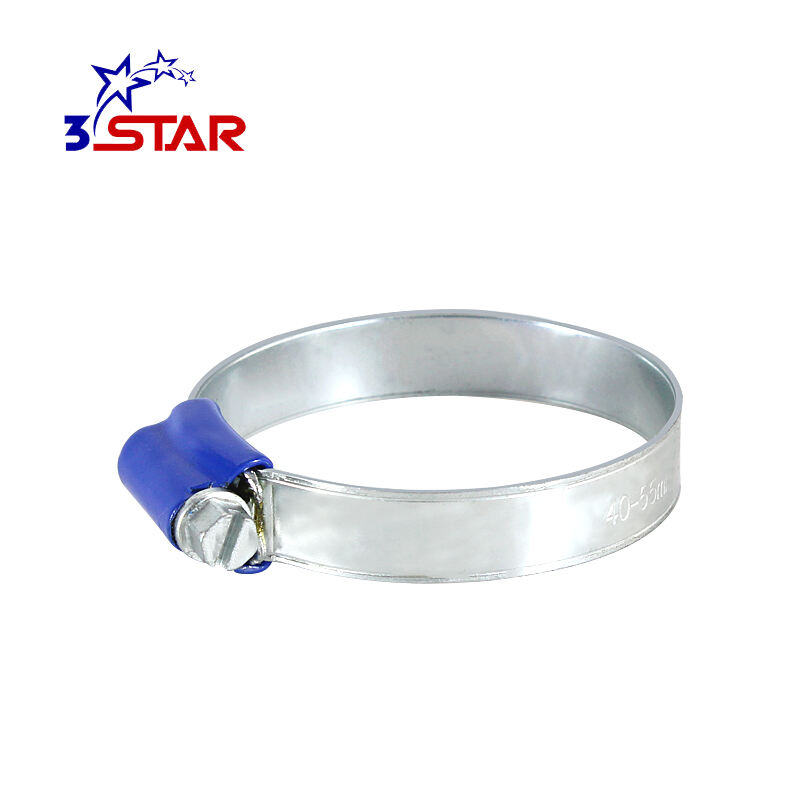When you have two hoses you need to fasten together, you may reach for something called a hose clamp. Hose clamps keep hoses tight and prevent leaks. Hose clamps vary based on the project. In this guide, we’ll discuss popular types of hose clamps, how to choose clamp styles that are right for your task, the upsides and downsides of each type, and tips for applying and maintaining hose clamps.
There are various types of hose clamps available in the market and three common types that you may come across include screw hose clamps, spring hose clamps, and wire hose clamps.
Hose Clamps: Bolt Hose Clamps These are the kind you’re probably familiar with. They screw in, and by tightening or loosening this, you can make the hose grip more or less tightly.

When selecting a hose clamp for your project, you should consider the size of the hose, what it is made out of, and how much pressure will be running through it. Screw hose clamps are generally good for most projects because they are so easy to adjust and come a variety of hose sizes. Spring hose clamps are great for hoses which require constant pressure, such as hoses in an engine of a car. Wire hose clamps are fine for little hoses that do not need much pressure.

Screw hose clamps are adjustable and work great with most hoses. They’re great for projects where you might need to adjust the clamp. Spring hose clamps are perfect for projects that require steady pressure. Wire hose clamps work on small hoses for low pressure and less movement.

Assemble hose clamps, ensuring the clamps are not too tight that they will harm the hose but also not too loose that the device will not fit securely. Check your hose clamps regularly to ensure they’re not worn or rusted. Replace any clamps that have been damaged to prevent leaks.